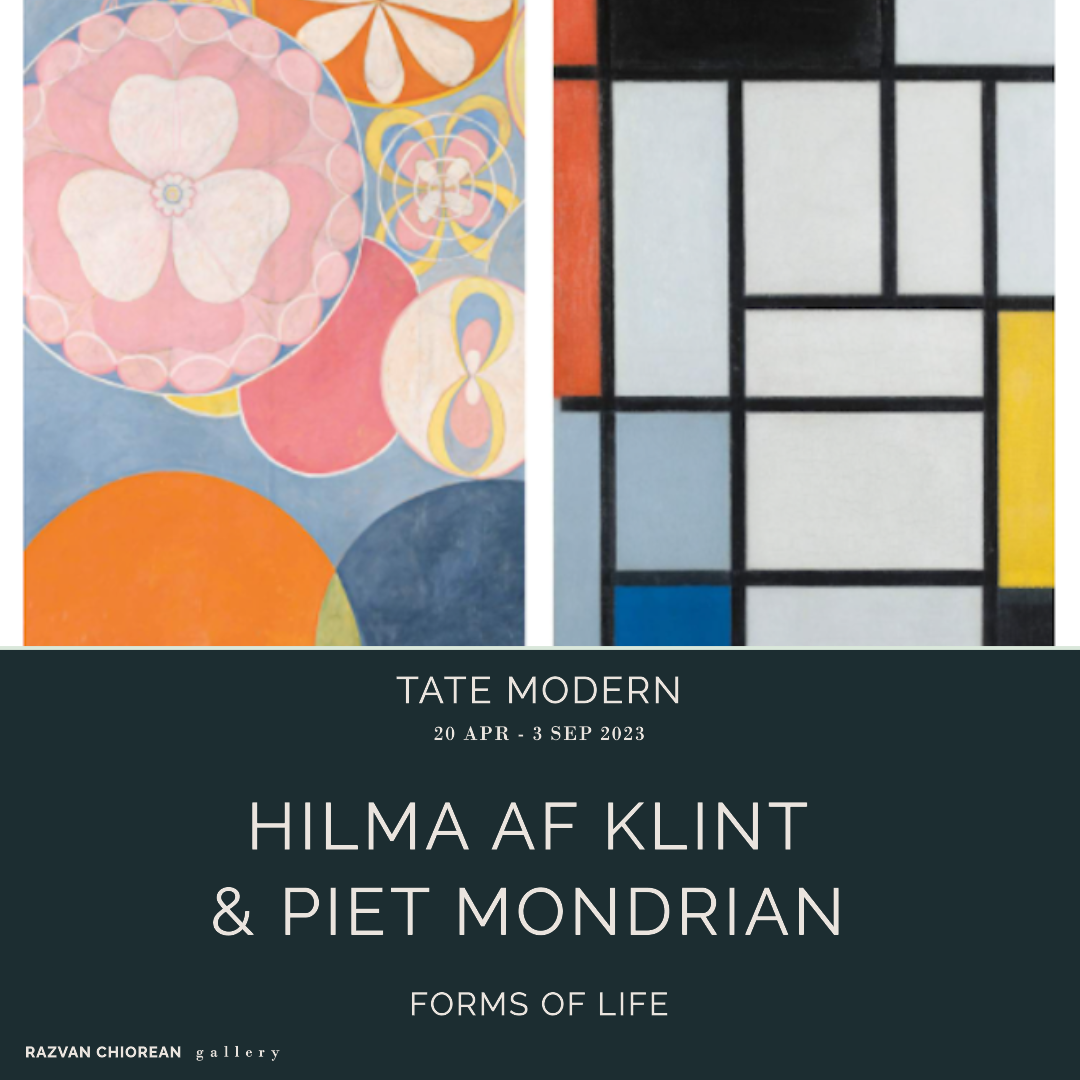Exploring the Alchemy of Mondrian and af Klint at the Tate Exhibition
ART, gallery
The prestigious Tate Modern museum presents a remarkable convergence of artistic brilliance as it showcases the groundbreaking works of two luminaries: Piet Mondrian and Hilma af Klint. In an exhibition that dares to uncover the hidden interplay of their parallel visions, visitors are invited on a mesmerizing journey through the intricate tapestry of abstract expressionism. As the vibrant and revolutionary works of Mondrian and af Klint coalesce within the hallowed halls of the Tate, prepare to witness the extraordinary, the unexpected and the tantalizingly profound connections that lie beneath the surface of their artistry.
In an era that reverberated with groundbreaking artistic movements, Piet Mondrian and Hilma af Klint emerged as vanguards of abstraction, defying conventions and reshaping the very fabric of art itself. While their individual contributions have long been admired, this exhibition ingeniously unveils a captivating dialogue between these visionary artists, exposing the captivating synchronicities that have, until now, remained hidden in plain sight.
Mondrian, known for his iconic grid-based compositions and bold primary colors, epitomized the pursuit of universal harmony. His meticulous arrangements of lines and blocks reflect a relentless quest for equilibrium, a striving to distill the chaos of existence into pure geometric precision. It is within this realm of order and structure that his artistic language thrived, provoking contemplation on the interconnectedness of all things.
Conversely, Hilma af Klint, an enigmatic figure largely unrecognized in her time, broke free from the shackles of convention and ventured into uncharted artistic territories. Long before the emergence of abstract expressionism as a recognized genre, af Klint fearlessly delved into the realms of spirituality, mysticism, and the ethereal. Her mesmerizing works, characterized by intricate symbolism, esoteric shapes, and vibrant hues, invite viewers into a realm of transcendence, where the boundaries between the seen and unseen dissolve into ethereal whispers of cosmic significance.
Through their distinctive yet strangely interconnected oeuvres, Mondrian and af Klint beckon us to contemplate the underlying threads that weave together the human experience. Delving beyond the superficial differences of their styles, one cannot help but recognize the shared aspirations for an elevated understanding of existence. It is as if their artistic energies entwined in an invisible dance, harmonizing the abstract concepts of spirituality, order, and unity.
At the Centre of the exhibition is ‘The Ether’, inspired by the nineteenth century notion of an invisible energy connecting all things
Evolution room brings together works by both artists, exploring the theme of spiritual and artistic evolution. In their Evolution works, af Klint and Mondrian experiment with symbolism through their choice of motif, colour and form. An important phase in Mondrian’s quest to find his own visual language, involving imagination and experimentation with colour and style and technique, was Domburg, on the island of Walcheren in the Dutch province of Zeeland. Mondrian first visited in 1908 and spend every summer there until 1914. During this period he painted the Evolution triptych. It has been seen to represent humanity’s progress from the physical towards the spiritual realm using symbolism from Theosophy, as esoteric movement that interested both artists.
Af Klint’s paintings in this room, from 1908, represent the humanity’s ascent to a higher spiritual state. She employed colorful symbolism which recurs in her other works, including the spiral or snail to represent evolution. This series demonstrates how af Klif experimented with several visual languages within a single work, from symbolism to organic forms to abstraction. The titles are based on system she was developing, where numbers correspond to certain geometric shapes, which refer to different aspects of the world and the cosmos.
By daring to present these remarkable visionaries side by side, the Tate exhibition transcends the boundaries of traditional art curation. It ventures into uncharted territory, shedding light on the serendipitous encounters and unspoken influences that shaped the course of abstraction. The canvases, once regarded as isolated masterpieces, now engage in a silent dialogue, revealing the unspoken language that binds them together.
As you walk through the hallowed halls of the exhibition, prepare to be captivated by the unexpected connections, the nuanced symphonies of color and form that emerge. Witness the harmonious echoes of Mondrian's grids reverberating in af Klint's spiraling kaleidoscopes of otherworldly realms. Marvel at the seamless integration of intellectual rigor and spiritual introspection as their paintings converse in a language beyond words.
This is not merely an exhibition; it is an invitation to traverse the depths of artistic expression, where boundaries blur and profound connections are unveiled. Brace yourself for a journey that challenges perceptions, inspires awe, and leaves an indelible mark on your artistic consciousness. The convergence of Mondrian and af Klint show is a resounding testament to the enduring power of visionary creators and the transformative potential of art itself.












